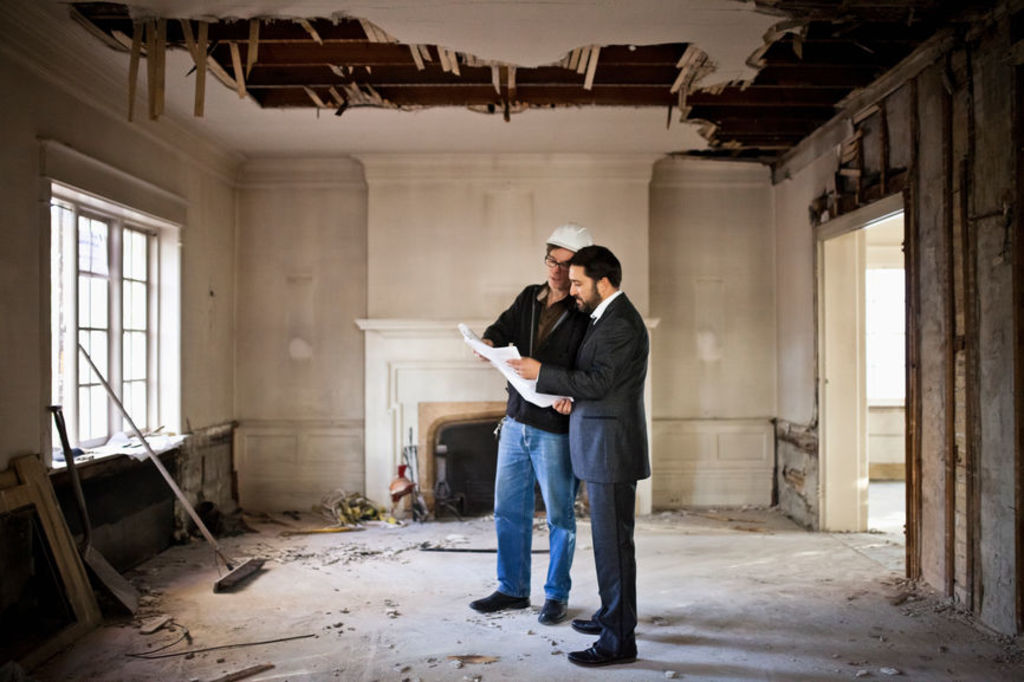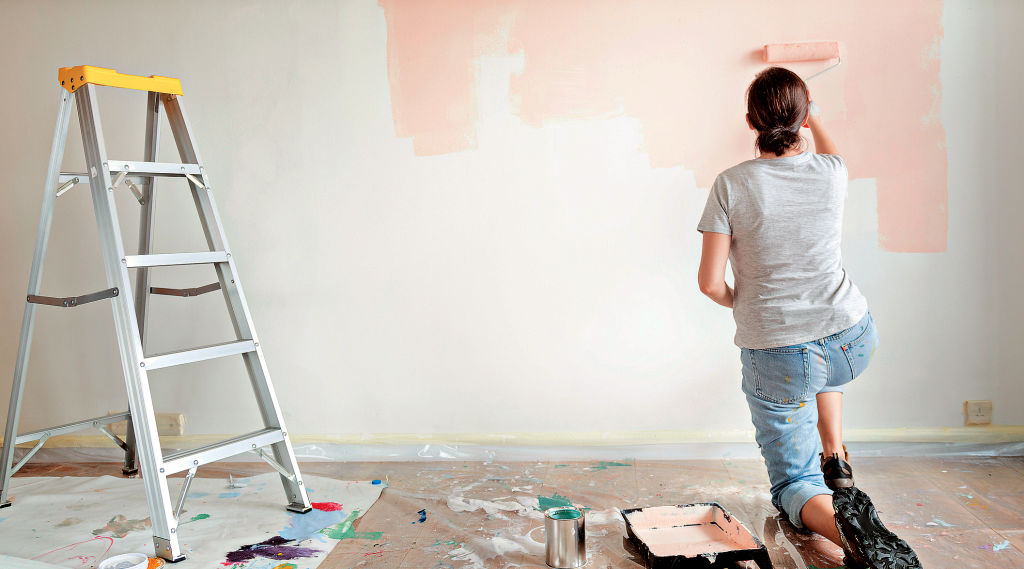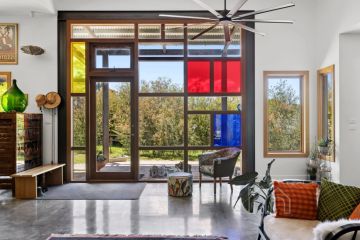Baby Boomers v Millennials: Renovation trends of the different generations

Australians are a renovation-addicted bunch and, according to the 2019 Houzz & Home Australia Report, only getting more so by the year.
Despite a number of recent headwinds for the global and national economy, the report (of more than 8800 respondents in Australia) showed that 50 per cent of home owners still spent an average of $20,000 on renovations through 2018.
“Renovation activity continued to keep pace in 2018 and will likely experience a robust growth in 2019,” says Nino Sitchinava, Houzz principal economist.
“Pent-up demand continues to drive renovation activity, while spend on discretionary projects such as kitchens continues to grow, signalling strength in consumer confidence.”
Listen to episode three of Domain’s podcast Somewhere Else:
Making up over three-quarters of the renovation activity (79 per cent), Baby Boomers (ages 55-74) and Gen Xers (ages 40-45) spent an average of $21,000 and $23,000 respectively.
However, it’s the differing findings between Baby Boomers and Millennials (ages 25-39) that are spotlighted within the report and, with that, here are some of the key findings.

- Differing motivations between Baby Boomers and Millennials
According to the report, the reasons behind choosing to stay put and renovate, over purchasing a new home entirely, differ between Baby Boomers and Millennials.
For Baby Boomers, the driving factor is more about reluctance to leaving their current home and area, delaying downsizing until later in life and, therefore, renovating to meet their changing needs. Millennials, on the other hand, make their decisions with less emotional ties, focusing on return on investment, opting to stay in their current homes and renovate, deeming it more affordable, and avoiding the costs that come with an entire move.
- Millennials undertake more DIY, while Baby Boomers call in the pros
A good sign for service providers, the Houzz report shows that nine in 10 renovating home owners hired a professional in 2018 (90 per cent), with electricians, plumbers and carpenters in greatest demand (62, 51 and 40 per cent, respectively). However, it seems that Millennials are tackling more DIY projects at home, with Baby Boomers more likely to call in the pros for help by 10 per cent (93 per cent versus 83 per cent).

This then begs the question – to DIY or not to DIY? Well, let’s just say that there are some jobs that are best left with the experts.
- Baby Boomers prioritise smart technology over Millennials
Today’s home technology is smarter than ever, providing home owners comfort, convenience and security. However, the report shows that while Baby Boomers rank smart technology as a higher priority than Gen Xers and Millennials (15 per cent versus 10 and 9 per cent, respectively), Millennials are still more adaptive users of smart technology, incorporating products such as Google Home and Amazon Alexa at a higher rate than Baby Boomers (22 per cent versus 11 per cent respectively).
- Kitchens are the most popular rooms to renovate

Differences aside, collectively, the heart of the home remains the most popular room to renovate (26 per cent), with an average kitchen renovation spend of $20,000 – showing growth by 16 per cent in the past year. This is followed by living rooms (23 per cent), and then bedrooms, bathrooms and laundries, all tied for third most popular at 17 per cent.
- Millennials spend more on home decor
Not only do Baby Boomers and Millennials drastically differ when it comes to interior styling tastes, but their differences in attitudes towards spending money on new home decor is also apparent.
According to the report, Millennials were significantly more likely to decorate following home renovations than Baby Boomers (73 versus 60 per cent), purchasing products such as pillows, throws and interior furniture.
So while Millennials are given a hard time for spending their pay cheques on smashed avocados, it’s clear that they also have some spare cash to spend on home decor, too.
Meanwhile, on the opposite side of spectrum, Baby Boomers are more likely to still have that same couch that can be seen in the background of an old family photo – back when you had to physically get your photos developed, that is.
We recommend
We thought you might like
States
Capital Cities
Capital Cities - Rentals
Popular Areas
Allhomes
More
- © 2025, CoStar Group Inc.










